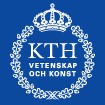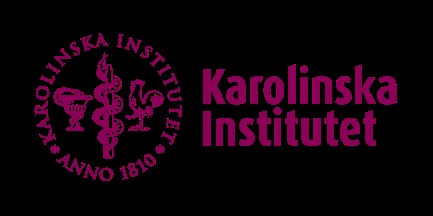NanoVIB project
A new H2020 project, coordinated by KTH, has recently been granted by the European Commission, within the call “Disruptive photonics technologies” (ICT-36-2020), under the Photonics Public Private Partnership (www.photonics21.org).

The project, "NANO-scale VIsualization to understand Bacterial virulence and invasiveness - based on fluorescence NANOscopy and VIBrational microscopy", abbreviated NanoVIB includes six partners: KTH (coordinator), Karolinska Institutet, Institut für Nanophotonik (Göttingen) and the companies Abberior Instruments (Göttingen), APE Angewandte Physik und Elektronik (Berlin) och Pi Imaging Technology (Lausanne).
This highly multidisciplinary four-year project takes as a starting point the recent remarkable development of fluorescence-based super-resolution microscopy, and the prospects this development gives to better understand the origins and mechanisms of cellular diseases. More specifically, the six partners will in this project:
- construct prototypes of a next-generation fluorescence super-resolution microscopy platform for biomedical research and development, offering one order of magnitude higher spatial resolution than current state-of-the-art super-resolution microscopes.
- develop new single-photon detector arrays with enhanced sensitivity.
- develop a pulsed, narrow-linewidth, multi-line laser for cellular imaging based on label-free inelastic light scattering.
- integrate the developed lasers and detector arrays into the prototypes of the super- resolution microscopy platform, offering a broadened wavelength range for imaging, faster image acquisition, lower background, and allowing correlative super-resolution fluorescence and label-free imaging of cells.
- as a lead demonstration for this platform, resolve nanometer scale localization patterns of specific proteins in bacteria and host cells, providing overlaid morphological and chemical images of the bacteria, representing key information on the mechanisms underlying virulence and invasiveness of the bacteria.
With the developed microscope platform and by this lead application, the partners expect to take a decisive step towards better diagnostics, effective treatments and prevention of severe bacterial infections causing significant morbidity and mortality world-wide. The expectation is also that the ability to resolve nano-scale localization patterns in cells, correlated to their morphology and sub-cellular environments, will open new means to understand, diagnose and prevent many other diseases. The development of laser, single-photon detector and super-resolution imaging technologies in this project, as required to reach these expectations, will strengthen Europe’s position on the market for microscopes, lasers and detectors, and Europe’s photonics community as a whole.
For further information about the NanoVIB project, the interested reader is referred to the project web site ( www.biomolphysics.kth.se/NanoVIB ), or to the coordinator prof. Jerker Widengren (+46-8-7907813, jwideng@kth.se ).



